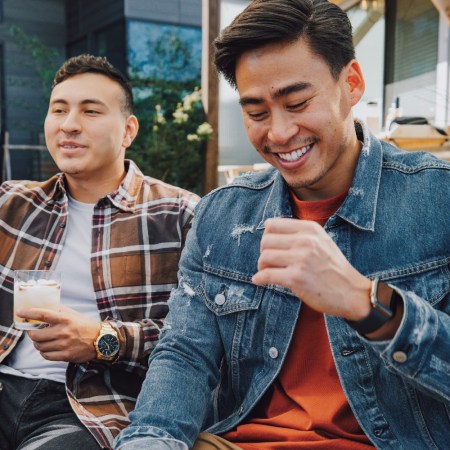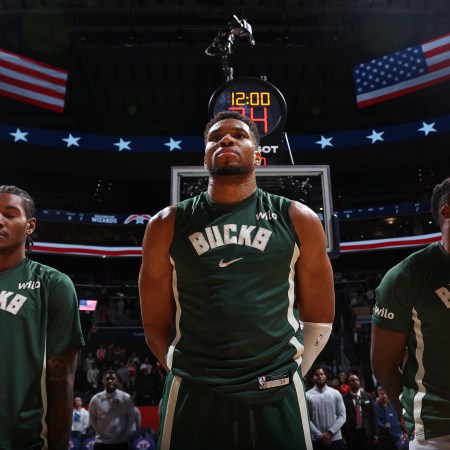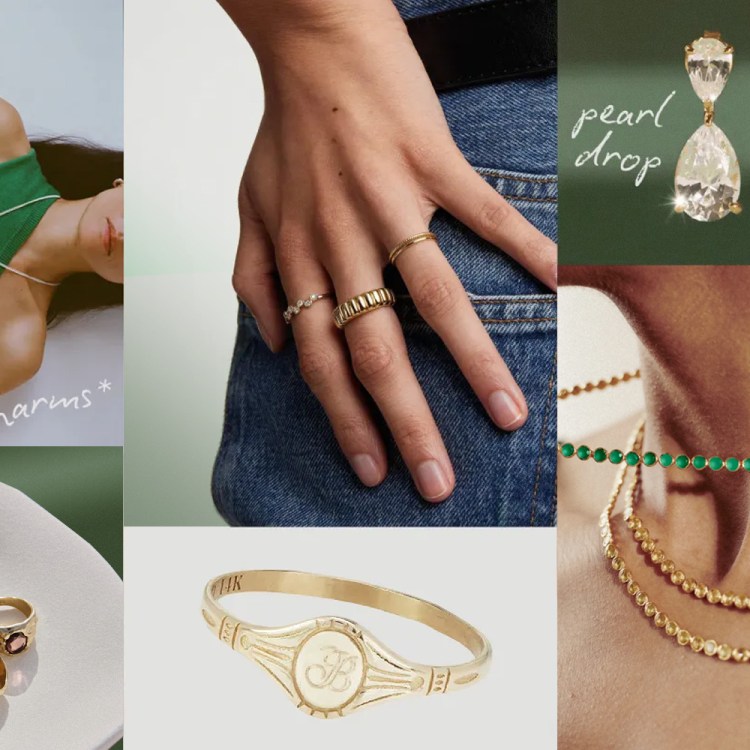If you were one of the 29.7 million people who watched Sunday’s broadcast of the Olympics, you probably had the same query the other 29.6 million of us did during the U.S. Men’s 4×100 freestyle relay.
Why does Michael Phelps have those weird circles on his back and shoulders?
Given the amount of crazy athlete sex organizers are anticipating at the Summer Games, you’d be forgiven for assuming Phelps received some extra-freaky hickeys this weekend, but the marks are actually the remnants of an ancient Chinese practice called “cupping.”
Cupping is freaking weird RT @_MarcusD_: pic.twitter.com/69SXvDozer
— CJ Fogler (@cjzero) August 8, 2016
The healing method requires warm glass suction cups to be placed on the body in order to create partial vacuums on the skin. Those vacuums are thought to stimulate muscles and blood flow, relieve pain and restore the flow of an athlete’s “qi,” or life force.
While other U.S. athletes besides Phelps swear by the practice — gymnast Alex Naddour told USA Today a $15 cupping kit he bought on Amazon has “been better than any money I’ve spent on anything else” — experts caution that the placebo effect from cupping is “substantial.”
“A patient can feel the treatment and has marks after it, and this can contribute to a placebo effect,” Cupping researcher Leonid Kalichman told The New York Times. However, placebo or not, if athletes feel cupping gives them an advantage, it could be worth trying, Kalichman said.
Like the old saying goes, if you ain’t cupping, you ain’t trying.
Main image Christophe Simon/AFP/Getty Images
The Charge will help you move better, think clearer and stay in the game longer. Subscribe to our wellness newsletter today.























